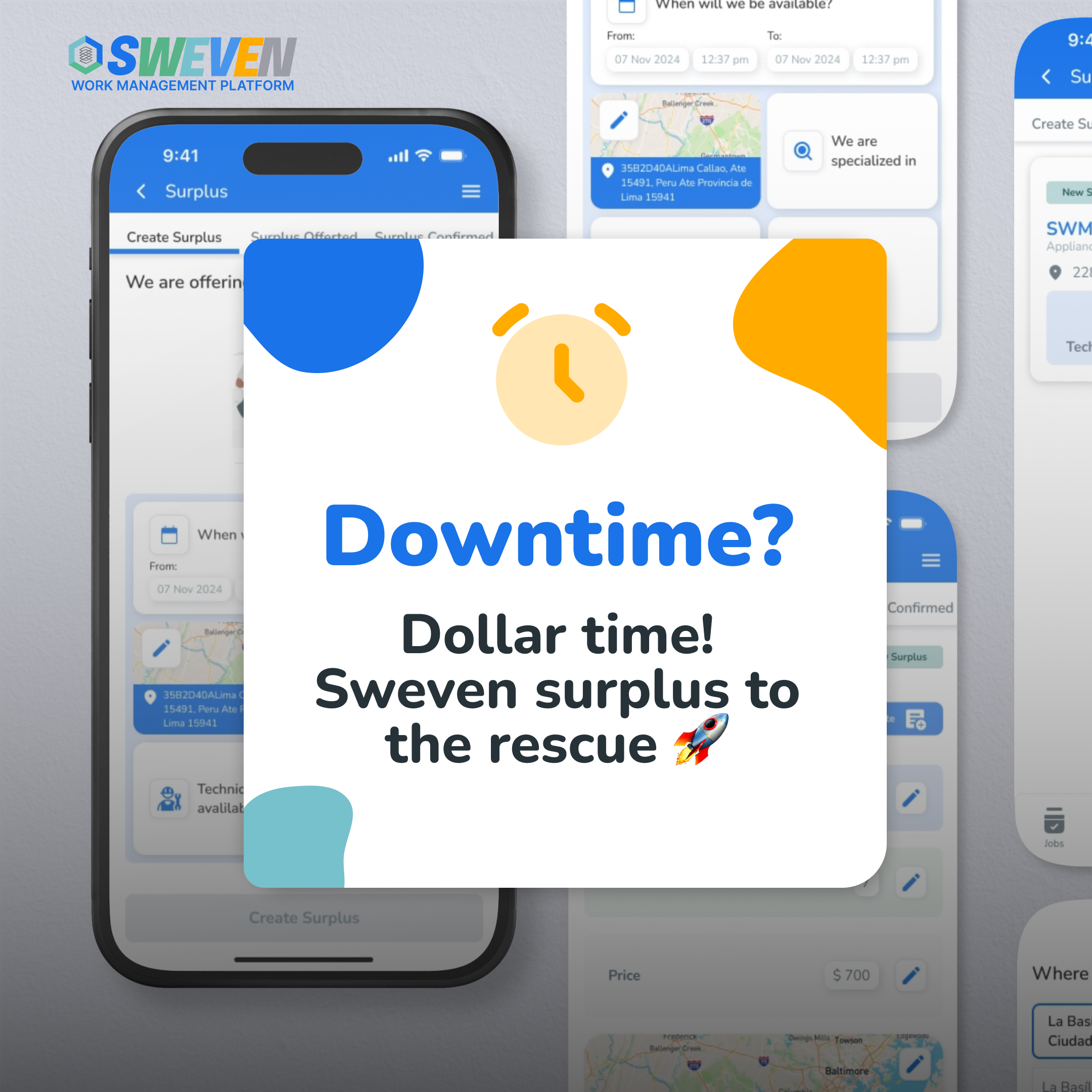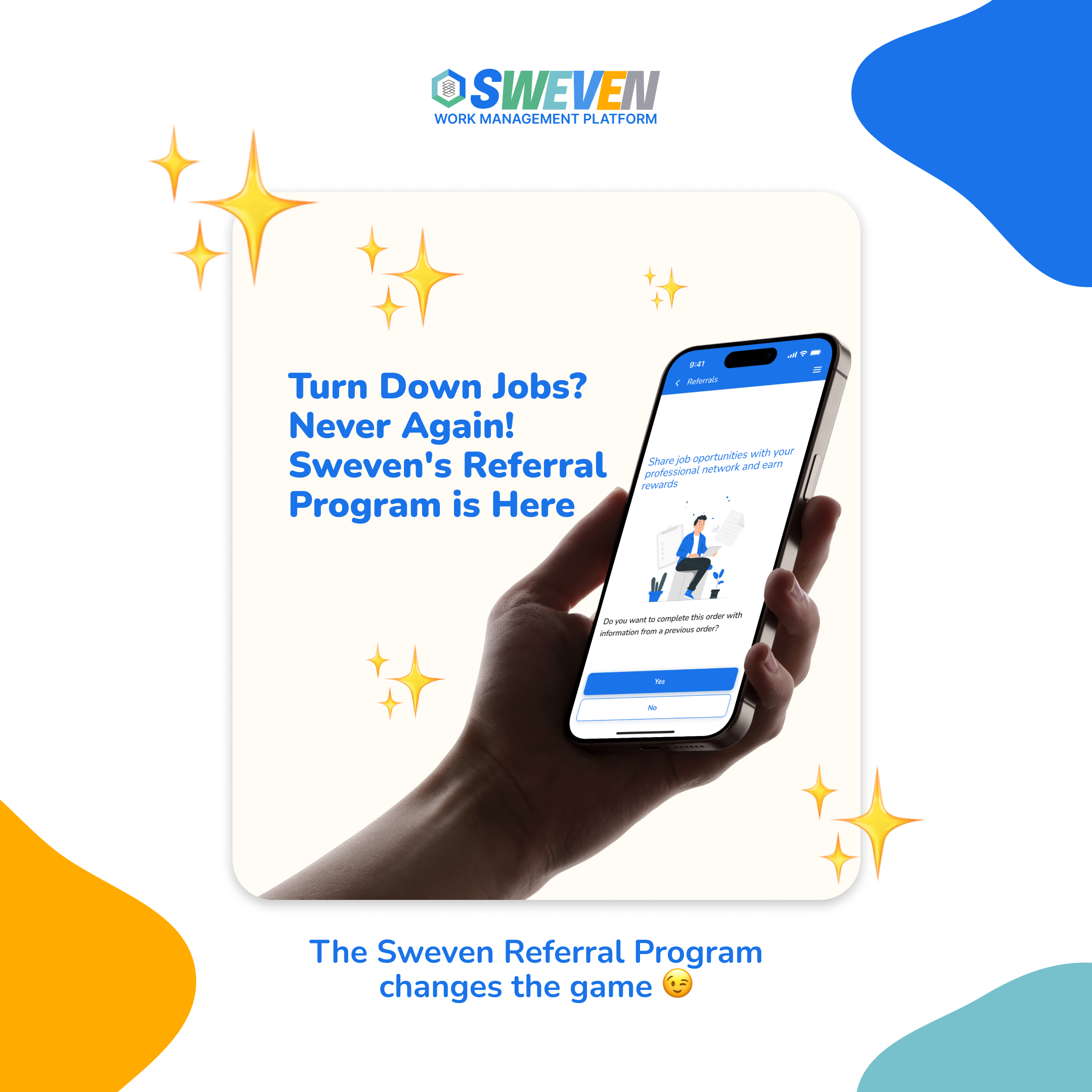Introduction: In today’s competitive landscape, consistency is the currency of trust. Customers don’t just buy products or services; they buy the promise of quality. Any deviation from that promise—a faulty product, a late delivery, an unresolved issue—erodes that trust and sends them to your competition. So, how do the world’s leading companies deliver excellence time and time again? They don’t leave it to chance. They build it into their DNA with a Quality Management System (QMS).
A QMS is the strategic framework that enables your organization to define, measure, and continuously improve quality across every process. This guide will explore the core pillars of a robust QMS, analyze its tangible benefits, and explain how Sweven can amplify your quality initiatives.
What is a Quality Management System (QMS)?
A Quality Management System (QMS) is a formalized system that documents processes, procedures, and responsibilities for achieving quality policies and objectives. Its primary purpose is to ensure that every aspect of your operation is geared towards consistently meeting customer expectations and complying with regulatory standards. It’s not just a set of rules, but a cycle of continuous improvement that touches every part of your business, from initial design to final delivery and customer feedback.
The Core Pillars of a Robust QMS
While every QMS is tailored to an organization’s specific needs, they are all built upon a foundation of common pillars designed to ensure structure and effectiveness.
- Strategic Foundation: This sets the direction for your entire quality program. It includes the Quality Policy and Objectives (the high-level vision from management) and the Organizational Structure & Responsibilities, which clearly defines who is accountable for what.
- Operational Processes & Controls: This is the engine of the QMS. It covers the core Processes (like purchasing and production), rigorous Data Management to collect and analyze quality metrics, and strict Document Control to ensure all procedures are current and accurate.
- Assurance and Improvement: This pillar ensures the system works and gets better over time. It involves maintaining Quality Instruments (like calibrated testing equipment) and, most importantly, fostering a culture of Continuous Improvement, often through a Corrective and Preventive Action (CAPA) process to address and prevent issues.
Common QMS Frameworks and Standards
Several internationally recognized frameworks guide QMS implementation.
- ISO 9000 Family: This is the world’s most common standard for quality management. ISO 9001:2015 sets out the requirements for a QMS, while other documents in the series provide fundamentals, vocabulary, and auditing guidelines. It’s applicable across industries like manufacturing, construction, and engineering.
- Six Sigma: Used by industry giants like General Electric, Six Sigma is a disciplined, data-driven methodology that aims for near-perfect quality by identifying and eliminating the causes of defects.
- IATF 16949: This is the global technical specification for the automotive industry, defining QMS requirements for every organization in the automotive supply chain.
The Sweven Analysis: Quantifiable Benefits of a Well-Implemented QMS
Implementing a QMS is not just a compliance exercise; it’s an investment with a clear and powerful return. Our analysis of industry data reveals its impact on four key areas:
- Massive Reduction in the Cost of Poor Quality: A culture of quality proactively prevents errors, saving enormous sums. The Harvard Business Review found that top-tier quality companies fix 46% fewer mistakes than their lower-quality peers, resulting in approximate savings of $350 million per year in potential costs due to errors.
- Measurable Increase in Customer Satisfaction and Loyalty: A QMS systemizes the process of meeting customer needs. A case study on ISO 9000 implementation reported a significant positive correlation with customer satisfaction. This is achieved by improving product reliability, company responsiveness, and overall service quality, which builds trust and encourages repeat business.
- Enhanced Operational Efficiency: A QMS clarifies processes and improves communication. Surveys have shown that quality practices positively affect organizational performance by fostering collaboration and giving all employees a shared understanding of company procedures, which reduces waste and streamlines operations.
- Improved Employee Engagement and Satisfaction: When processes are clear and employees are empowered to contribute to quality, their engagement increases. One study reported that quality improvement programs within a QMS boost employee engagement by improving their satisfaction and perception of the company.
Enhancing Your QMS with Sweven’s CMMS
While a QMS provides the framework, modern technology provides the tools to execute it with maximum efficiency. A robust Computerized Maintenance Management System (CMMS) like Sweven’s acts as a powerful catalyst for your quality initiatives. Here’s how:
- Maintaining Quality Instruments: A QMS requires that testing and calibration equipment be perfectly maintained. Sweven automates the scheduling of preventive maintenance and calibration for these critical instruments, ensuring their accuracy and creating a perfect audit trail.
- Enforcing Standardized Processes: Sweven allows you to embed quality checks, safety procedures, and standardized task lists directly into digital work orders. This ensures that every technician follows the correct procedure every time, reducing variability and errors.
- Powering Data Management and Continuous Improvement: Sweven captures a wealth of data on asset performance, failure modes, and repair times. This data is the lifeblood of your QMS, providing the concrete insights needed to identify root causes, implement corrective actions, and drive continuous improvement.
- Streamlining Communication: Sweven provides a centralized platform for real-time communication and collaboration between operations, maintenance, and quality teams, ensuring everyone is aligned on quality objectives.
Sweven’s innovative CMMS integrates seamlessly with your QMS to drive cost savings, improve asset longevity, and achieve overall operational excellence.
Conclusion: Your Partner in the Pursuit of Quality
In the modern marketplace, quality is not just a goal; it’s the foundation of sustainable success. Implementing a Quality Management System is the most effective way to build that foundation, creating a culture of excellence that resonates with your customers, empowers your employees, and strengthens your bottom line.
As you embark on this journey, having the right tools is critical. Sweven is dedicated to providing the solutions that streamline your processes and amplify your commitment to quality.















